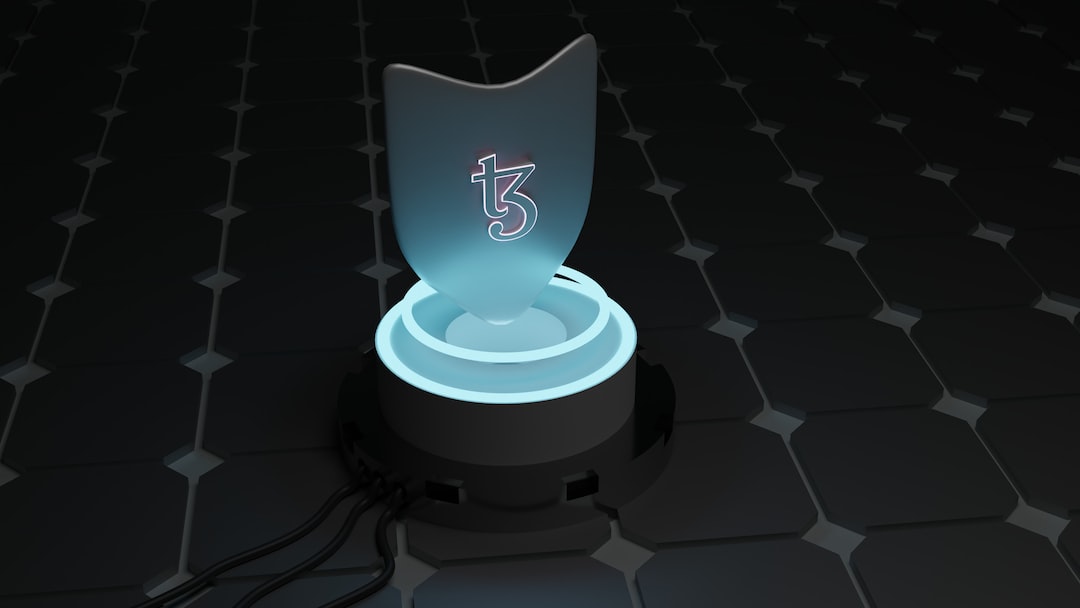Understanding the CryptoNight Mining Algorithm
Mining algorithms play a crucial role in blockchain technology as they are responsible for transaction verification and network security. The mining algorithm instructs miners’ computers to follow a set of rules in order to generate a valid block. Proof-of-work (PoW) is the well-known consensus algorithm used by Bitcoin and other cryptocurrencies, where miners compete using computational power to find a specific hash value that will give them the new block.
Before the introduction of application-specific integrated circuits (ASICs), lower-scale CPU and GPU mining equipment was used by users at home. However, ASICs have become the specialized hardware necessary for miners to be competitive in the energy-intensive mining process. ASIC mining primarily uses the SHA-256 hash function, which ensures maximum security and integrity for Bitcoin.
To keep up with industrial-scale mining operations, many miners join mining pools to combine their computational power and increase their chances of successfully mining a block. Block rewards are then shared proportionally based on each member’s contribution.
Choosing the right mining algorithm is crucial for a cryptocurrency project as it determines the rules and requirements for creating and securing the blockchain network, as well as how participants are rewarded with newly minted coins. Examples of other popular mining algorithms include Ethash, used by Ethereum, and CryptoNight, used by Monero.
What is the CryptoNight Algorithm?
The CryptoNight algorithm is a proof-of-work (PoW) mining algorithm designed to be ASIC-resistant in order to prevent the centralization of mining power. It aims to allow users to mine more efficiently using a combination of hashing functions, including CryptoNight and Keccak. The algorithm focuses on security, utilizing the Advanced Encryption Standard (AES), a military-level algorithm, to ensure extreme security.
CryptoNight gained reputation as a security algorithm after Monero started using it as its blockchain consensus hash algorithm. Interestingly, CryptoNight’s creator, known as Nicolas van Saberhagen, disappeared just like Satoshi Nakamoto, the creator of Bitcoin. Many believe that the two developers are the same person, and the mysterious release date of CryptoNote, December 12, 2012 (12/12/2012), adds to the speculation.
How does the CryptoNight Mining Algorithm Work?
CryptoNight is GPU-mining friendly, but its characteristics make it ideal for CPU mining. The CPU architecture is very efficient, thanks to its set of 64-bit fast multipliers and heavy use of CPU caches.
The CryptoNight mining algorithm involves three main steps:
1. Creating a “scratchpad”: A large memory with intermediate values is stored during a hashing function. The first input data is hashed with the Keccak-1600 hashing function, resulting in randomly generated data.
2. Encryption transformation: The first 31 bytes of the Keccak-1600 hash are transformed into the encryption key for an AES-256 algorithm.
3. Final hashing: The entire data set created by the AES-256 and Keccak functions is passed through the rest of the hash functions. This results in a final hash with a 256-bit extension or a total of 64 characters.
Why is CryptoNight Important?
CryptoNight is important for three main reasons:
1. Privacy: Unlike most cryptocurrencies, which lack privacy features, CryptoNight offers stronger privacy with untraceable transactions. It integrates ring signatures and stealth addresses developed by the Monero team to achieve maximum security and anonymity.
2. ASIC Resistance: The development of CryptoNight aimed to challenge ASIC dominance in cryptocurrency mining and allow GPUs and CPUs to remain competitive in mining operations.
3. Scalability: CryptoNight ensures scalability and high efficiency by exponentially increasing computation power, enabling faster transactions.
Which Cryptocurrencies Use the CryptoNight Mining Algorithm?
Several cryptocurrencies have integrated the CryptoNight algorithm into their networks. Bytecoin was one of the first coins to support the development of CryptoNight, although it later integrated ASIC mining. Monero adopted CryptoNight as its proof-of-work algorithm in 2014 but has since transitioned to the RandomX mining algorithm. Electroneum also utilizes the CryptoNight algorithm, with a mobile version that allows users to mine using their smartphones.
Other lesser-known projects that implement CryptoNight include Boolberry, Dashcoin, DigitalNote, DarkNetCoin, and Pebblecoin. However, these projects have faced security concerns and attacks on their networks.
CryptoNight Heavy is another variant of the hashing algorithm used by cryptocurrencies like Ryo Currency, Sumokoin, and Loki. However, it may introduce vulnerabilities due to the intensive verification process required by nodes.
What’s Ahead for the CryptoNight Algorithm?
The CryptoNight algorithm has faced criticism for not achieving its goal of preventing ASIC dominance in mining. Some argue that it failed to deliver on its original stance due to security concerns and the ability of ASICs to adapt and mine efficiently. However, others believe that it still serves as an open mining tool accessible to everyone and can be a starting point for future cryptocurrency projects that prioritize privacy and fair mining.





 By
By
 By
By
 By
By
 By
By
 By
By